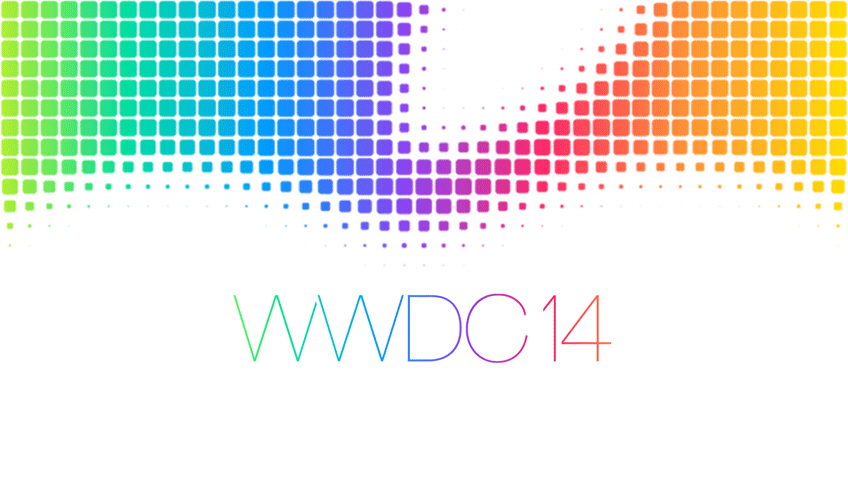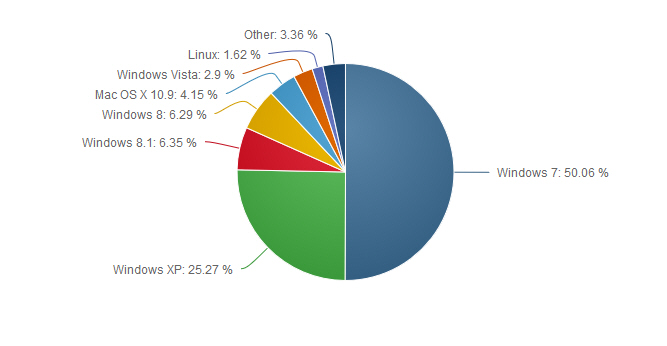
For many organizations under 100 users or so, there has been a trend on the rise that is either decimating formal IT departments entirely, or trimming them down to bare minimum levels. Many in the IT industry wouldn't notice it, because, of course, they may likely be working for such a department themselves. It's hard to have an objective viewpoint when you're part of the status quo.
As an outside consultant, who works with a variety of organizations small and large, I see my clients and their support structures from a different lens. Being an outsider here has its advantages, namely in being able to see many of these IT departments for what they are.
While many times we're merely being called in to help manage high stakes projects, like email system transitions or network upgrades, we're also being pegged with an increasingly common question: "Can you just take over our IT for us?".
The driving forces behind business owners looking to dismantle their internal tech departments are as varied as the Heinz product catalog. Some are looking to drive down support costs from bloated staff counts. Some are disenchanted by the level of service they are getting.
And many others complain that their tech people don't seem to be aligned with business needs; they're busy pushing their own last-decade agendas and are complacent with sticking to a "No, sir" answer on cost-cutting trends like cloud IaaS/PaaS and other similar initiatives.
This is a tough article for me to write in many ways. I have good friends and colleagues who work in large, formal IT departments in the public and private sectors. And I personally used to be an IT staffer for the very high school district I graduated from.
Without a doubt I don't regret my time spent in an enterprise IT setting. It taught me a lot of what I know today, both in the people and technical skills that gave me the confidence to branch out on my own and form my managed services company, FireLogic. It was a wonderful four years that allowed me to grow and advance as an IT pro.
But that doesn't mean I wasn't aware of the numerous problems which plague large static IT departments. Groupthink is a big problem afflicting much of K-12 IT (although they aren't the only segment of IT suffering from this, honestly). I dedicated an entire piece to some of symptoms of said groupthink, namely the tunnel-vision drive towards 1:1 computing.
While it's an end goal I fully agree with, the path towards getting there is fraught with IT and administrative leadership that is too busy picking technology that can sugar coat press releases; not tech that truly meets the needs of students and teachers alike for the long term.
But the problems affecting formal IT departments go much further than issues at the highest decision making levels. The IT department as an institution most organizations feel married to without any recourse for divorce or reform is one half of the equation. The other part, I feel, is the condescending attitudes that permeate many (but not all) that call themselves "the IT guy".
I hate furthering stereotypes, but there is something to be said for why most non-technical people have idealized the average IT person as something as seen below.

(Image Source: ITPro.co.uk)
I'm not here to attack the dress code of the iconic IT geek; I find it rather differentiating. The negative stigma associated with the "IT guy" at your company comes from a mixture of some or all of these traits:
- A feeling of superiority based solely on technical knowledge.
- A notion that most average computing users being supported are a burden on the "IT guy".
- A belief that average non-technical users are victims of their own doing. The oft-mentioned "id10t error" joke among IT crowds captures this well.
- A general distrust of landscape-shifting initiatives like cloud computing due to the widespread belief it will lead to a loss of job security.
- A general belief in entitlement -- my company needs computers and therefore they need me.
I hate painting a picture across the whole valley of IT workers because I know there are many great individuals working at large organizations trying to personify the opposite of the downtrodden, back-closet IT person. But the stereotype for IT departments didn't arise overnight, nor did it happen because the above descriptions were isolated incidents.
Based on how many organizations I've come in to provide tech consulting for, and how many instances I've seen the above problems at play, I know many IT departments are still plagued with these ills. It's tough for a lot of them to admit it. Looking inwards objectively is extremely hard to do. Making improvements based on these findings is even tougher.
I wasn't surprised to find that my opinions were shared by others in my own industry. David Hansson, a founder at Basecamp (better previously known as 37signals), penned a piece simply called The end of the IT department. By far one of the best snippets from his op/ed is:
The problem with IT departments seems to be that they're set up as a forced internal vendor. From the start, they have a monopoly on the "computer problem" -- such monopolies have a tendency to produce the customer service you'd expect from the US Postal Service. The IT department has all the power, they're not going anywhere (at least not in the short term), and their customers are seen as mindless peons. There’s no feedback loop for improvement.
His thoughts echo much of what I mentioned earlier in this piece. IT departments increasingly represent a necessary evil serving users that have no choice on the quality of service they receive. David's reference of the US Postal Service instantly brings to mind the iconic poster boy for everything the USPS stands for: Seinfeld's Newman. You can read up on the iconic portrayal of the USPS in Seinfeld episodes on the unofficial Seinfeld Wiki.
Newman for the USPS is very much a metaphor for what the angry, back-closet "IT guy" represents at IT departments which are seen in a similarly negative light.
David went on to note that "IT job security is often dependent on making things hard, slow, and complex". Regretfully, he's right on the money with that remark. The kind of aging, archaic technologies my company encounters at companies with sprawling IT departments boggles my mind sometimes. When we come in as outsiders to propose easier and cheaper to maintain alternatives, that are easier to operate, many times we're met with silence or evil glares from the IT folks.
That kind of resistance to positive change, with an embrace towards things like the cloud, VoIP, virtualization, and other similar advancements is another reason why formal IT departments are driving themselves towards irrelevance. Many of the worst offenders of the above critiques are the ones focused solely on keeping their complex "machine" oiled and sputtering away. Business as usual, you can say.
Legacy Exchange servers that can easily be converted to Office 365 or Google Apps. Creaky application servers that can very well be virtualized on platforms like Azure or Amazon AWS. Even consistently out-of-space file servers that could be tossed right into Azure or onto NAS boxes or up into SharePoint Online still keep chugging away through the fervent, frequent attention of a pre-occupied IT department that could otherwise be time better spent.
Things like focusing on business objectives, end user training, or converting the department itself into an actual profit center would serve an organization ten times better than indefinitely wasting resources away on menial IT tasks better suited for the 1990s.

The famous US sitcom Seinfeld featured a character called Newman, who portrayed his introverted superiority and subsequent plight as a postal worker in countless memorable episodes. He's a direct metaphor for how some of today's IT workers are giving their departments a bad rap. A culture of entitlement; viewing users as mindless cogs in the wheel; and a refusal to embrace modern cloud technologies. (Image Source: Weasel Zippers)
The narrow minded dilemma of IT departments viewed harshly by the users they support comes from a twisted belief that modernization will force them into obscurity. A notion that every server to come down means one more tick on the job loss clock. A notion that each extra cloud service a company employs will lead to extra internal IT layoffs. And this belief can be extended to any facet of moving IT responsibilities away from internal staff and outwards towards vendors or managed service providers (MSPs).
While I'm not here to claim that every organization can be run without a formal IT department, there are indeed many who could very easily make do. A decade ago, anything an organization wanted to store, automate, or analyze having to do with a computer needed to be somehow managed internally. Today, the plethora of options surrounding XaaS (anything as a service) has unchained organizations from the reliance on doing everything themselves through capital expenditures.
It's not that IT departments cannot innately succeed. They very well can in many situations. But if there is one thing that is killing their reputation faster than anything else, it comes down to one word: trust.
The Trust Factor: How IT Staffers Are Kindling Their Own Extinction
Trust is a value that takes a long time to build, but can be easily broken in a very short period. Even an IT department that had a good relationship with the users it supports for the last 15 years could bust its image as a key company asset in short order. And this usually stems from those who make up the department -- the "face" of IT for an organization, whether it be two or twenty people.
Computerworld penned a piece tackling a similar angle on whether IT departments are on their way out. The article's author, Steve Ragan, actually fueled his op/ed with content submitted by a Twitter user who responded to a very simple question: "What's a dumb practice in IT that needs to go away?".
The response, of which only a sliver I will republish here, was as follows:
[One] big problem is the arrogance that emanates from IT departments that they're somehow important to the organization. I believe that was the case 15 years ago, when people would hire you for simply knowing HTML [or knowing how to use FrontPage], but now the credit card and cloud provider phenomenon has allowed businesses to say "f*** you IT that charges me 10 times as much money, takes 20 times longer and still gets my requirements wrong".
The bolded statements are my emphasis, of course. But the meat of the discussion at play connects back to a core concept I am referring to when it comes to IT being its own worst enemy. Can a business or organization survive in the modern era, where servers are being swept away into the Cloud and XaaS is the answer for how to offload nearly anything IT related these days?
IT workers aren't stupid. They have seen the developments occurring in manufacturing, auto work, coding and other sectors where offshoring and outsourcing are viable, plausible business alternatives. And rather foolishly, they have been fighting a simmering battle with the organizations that rely on them. Simply put, it's a war full of FUD, and it has been aimed at making it seem nearly impossible to outsource any facet of operations due to overblown security, privacy, financial, and other concerns.
Not all of the pushback is hot air, mind you. I've penned about some of the rightful issues to be contemplated when, for example, deciding on whether to move major systems into the cloud.
But time and time again, for at least the organizations we are being asked to come in and consult with, the IT department is either partially or fully taken over by a team of No-Men. "No, you can't use the cloud for file storage". "No, you can't move your phone system into the cloud". "No, you can't virtualize servers in a cloud-hosted IaaS environment". "You don't understand... if you want it working, I HAVE TO MANAGE IT MYSELF".
Just as David Hansson alluded to in his brilliant piece, these legacy IT crusaders are hell bent on keeping all IT operations as complex, on-premise, and difficult to transition as possible. This is the same reason we see things like One-Man Knowledge Silos (key IT people who refuse to share critical passwords and info with others); a reluctance to cross-train others on specialized technical systems; and a heretic attitude towards anything that has the word "managed" or "cloud" in its description.
He remarks on the backwards mentality engulfing many IT departments today:
If the Exchange Server didn't require two people to babysit it at all times, that would mean two friends out of work. Of course using hosted Gmail is a bad idea! It’s the same forces and mechanics that slowly turned unions from a force of progress (proper working conditions for all!) to a force of stagnation (only Jack can move the conference chairs, Joe is the only guy who can fix the microphone).
The negativity surrounding the relationship between end users and the IT staff is a vicious circle, one that can be encapsulated in a theory I call the "Circle of Distrust".

It's considered a festering loop because each set of individuals involved feed off eachother in fostering a continual, downward spiral in relations.
The IT department naturally views users as an unfortunate symptom of the "beast" they have to maintain. That complex, expensive assembly line of an IT infrastructure at their disposal provides them with wonderful employment, but without end users, such systems are meaningless. Besides, why would an organization invest in complex systems if it didn't get business value from them?
And so if end users are to achieve business value for the organization, they have to man the wheel for their respective aspect of the complex machine. This is the part some of today's IT staffers dread. But it's a funny dilemma, actually -- one being sometimes an outward result of the very Leviathan that these IT staffers pushed for, purchased, and subsequently implemented.
When this or that feature doesn't work, or a particular server needs to be rebooted for the umpteenth time, it tends to always be seen in the light of users being too needy, too impatient, or not knowing enough. To the IT staffer I've described above, end users become the worst part of their job.
"If only IT could be without end users...". I'm sure this is a wish many ponder at night.
The flipside of this dilemma then grows from the friction caused by an IT department unwilling or unable to support end users in a proper manner. End users and execs end up losing faith, or trust, in their own IT department and the downward spiral begins. A shift to BYOD starts to unravel. Cloud providers are picked without the knowledge of the IT people. End users begin finding answers to their own problems; even if the solutions aren't in line with what "IT wanted".
The Circle of Distrust envelops the very relationship that should be fostering competitive advantage.
Is it any surprise, then, that the BYOD era has whalloped IT so fast and so hard? The generation of "No-Sir" has turned into a symptom of rogue IT exemplified namely by BYOD users. The ones using their personal tablets in meetings. The ones connecting their personal smartphones to company email and leaving corporate-issued cell phones in a desk drawer. And the same ones who are yearning for SaaS alternatives to the complex, slow, and error-prone solutions offered up by internal IT.
Many tech news pundits like to point the finger at the BYOD problem solely at end users trying to get around formal infrastructure. Surely, this notion of super-users flocking to BYOD would be believable if statistics for how wide scale this problem is were far smaller in scope and scale. But BYOD has become an epidemic, not a scattered problem that could be solved through rounds of whack-a-mole.

The above graphic, which can be found on everything from shirts to mousepads aimed at help desk staffers, exemplifies everything that is wrong with the modern self-infatuated tech department. The end of the IT department may very well be hastened by its own doings. (Image Source: Zazzle.com)
Those IT departments that spent the last decade saying no to the cloud, XaaS, and capable third party devices are now paying the price, in some ways, for pushing the age old policy of what we choose is all you can use, period. In many ways, the consumerization of IT and the prevalence of the cloud over the last half decade has shown average users that perhaps the IT department doesn't always know best.
And this is exactly where the divide between the tech of yesteryear, and those that will thrive into the future, will continue to grow. Rod Trent of WindowsITPro calls it the age of Cloud IT. Jeffrey Snover elaborated further, and believes it involves the clear evolution of the "click next" technology professional, into something best described as Differentiated IT.
Whatever you wish to call the next flavor of cherished IT worker, one thing is invariably clear: the status quo of the archaic tunnel-vision IT pro is nearing its end.
Can The Cloud and MSPs Dismantle the IT Dept?
ComputerWeekly very frankly thinks that the end of the IT dept is situated right smack in the cloud. Basecamp's founder David Hansson has similar conclusions about how SaaS is turning a reliance towards internal IT on its head.
Even InfoWorld's J. Peter Bruzzese isn't afraid to say it how it is: that there may be no future in on-premises IT sometime soon.
Bruzzese says of traditional IT:
The shift to a full cloud-based infrastructure-as-a-service (IaaS) or platform-as-a-service (PaaS) model is imminent. Yes, in the next five years there'll be hybrid and convergence solutions teed up across the board to provide a transition from on-premises to cloud, but ultimately there'll be little on-premise IT left for admins.
Could all of these industry voices be wrong? It's naive at best to think that everyone is colluding against the forces that be within traditional IT. The interesting part about most of these voices, including my own, is that we are well acquainted with both sides of the on-prem and cloud arenas. And from everything I can gather, at least from the above pieces, the cloud is a fad which is anything but going away quickly and quietly.
The other factor allowing organizations to chip away at, or entirely dismantle, their IT departments are managed services providers (MSPs). Just do some Googling and you can find outlets that are willing to outsource any number of traditional IT operations, usually for a fraction of what an entire internal team of IT staffers can provide.
From disaster recovery, to cloud-hosted PBX solutions, to file servers in the cloud. The options are plentiful and pricing in many of these arenas is extremely competitive as providers fight to carve out crevices in these up-and-coming offerings. Due to the differentiated expertise they can bring to the table, along with the economies of scale they can build around their offerings, it is becoming increasingly hard to find insourcing as being the better option.
My own company, which started off merely doing computer repair for local area residents, has now turned full circle and specializes in providing outsourced IT for small and midsize businesses. Just two years ago it seemed like no one was interested in such a concept -- their computer broke and they just wanted it fixed. Turn to today, and customers are calling us near weekly to see how we can either partially or fully take over IT operations for them.
Organizations I speak with are, in many ways, not only fed up with the "No Sir" attitude coming out of their own IT departments, but finally realizing that they don't have to endure it any longer. While larger, static organizations have tougher times with overhauling how they handle IT, small and midsize organizations are leveraging combinations of the cloud and MSPs to solve their previous ills. And in most cases, offloading IT externally is saving money, headache, and delivering solid results.
Is the cloud being its own inadvertent referee in some ways? Most definitely. It's not only bringing price points down on commoditized IT, but it's also leveling the playing field and allowing organizations to dole out IT operations to parties that can provide better service at lower cost with less staff overhead. What's not to like?
In the end, it's a win-win for everyone involved. Except the "Click-Next" IT pro.
Photo Credit: Ahturner/Shutterstock
 Derrick Wlodarz is an IT Specialist who owns Park Ridge, IL (USA) based technology consulting & service company FireLogic, with over eight+ years of IT experience in the private and public sectors. He holds numerous technical credentials from Microsoft, Google, and CompTIA and specializes in consulting customers on growing hot technologies such as Office 365, Google Apps, cloud-hosted VoIP, among others. Derrick is an active member of CompTIA's Subject Matter Expert Technical Advisory Council that shapes the future of CompTIA exams across the world. You can reach him at derrick at wlodarz dot net.
Derrick Wlodarz is an IT Specialist who owns Park Ridge, IL (USA) based technology consulting & service company FireLogic, with over eight+ years of IT experience in the private and public sectors. He holds numerous technical credentials from Microsoft, Google, and CompTIA and specializes in consulting customers on growing hot technologies such as Office 365, Google Apps, cloud-hosted VoIP, among others. Derrick is an active member of CompTIA's Subject Matter Expert Technical Advisory Council that shapes the future of CompTIA exams across the world. You can reach him at derrick at wlodarz dot net.



 WinZip has released WinZip for iOS 3.5, a major update to its iOS app for managing zip files on an iPhone or iPad. The latest version of the app, which is heavily discounted to just $1.99 until July 2nd, allows users to zip, extract, encrypt and share zip files safely.
WinZip has released WinZip for iOS 3.5, a major update to its iOS app for managing zip files on an iPhone or iPad. The latest version of the app, which is heavily discounted to just $1.99 until July 2nd, allows users to zip, extract, encrypt and share zip files safely.






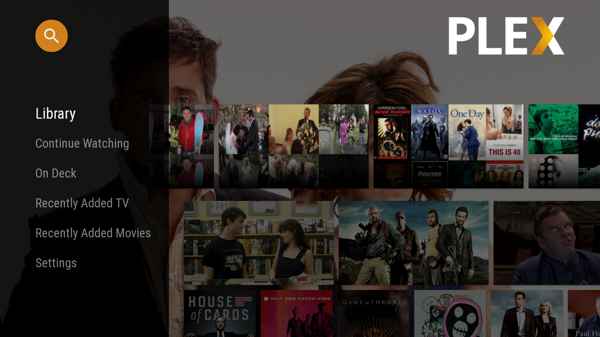
 The battle for dominance between Microsoft and Google continued, with
The battle for dominance between Microsoft and Google continued, with 



 While the Amazon Appstore's app selection is not as abundant as the Google Play store, it does have many premium apps. One of the most endearing qualities of Amazon's store is that every day, it offers one paid app for free. If you check it every day, you can discover some great and not-so-great apps. However, it is tedious to check it every day and easy to forget too.
While the Amazon Appstore's app selection is not as abundant as the Google Play store, it does have many premium apps. One of the most endearing qualities of Amazon's store is that every day, it offers one paid app for free. If you check it every day, you can discover some great and not-so-great apps. However, it is tedious to check it every day and easy to forget too.
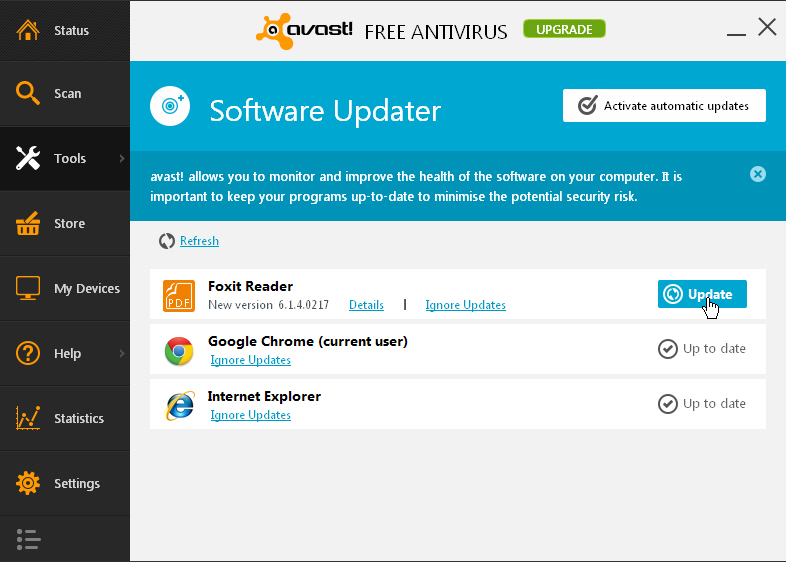









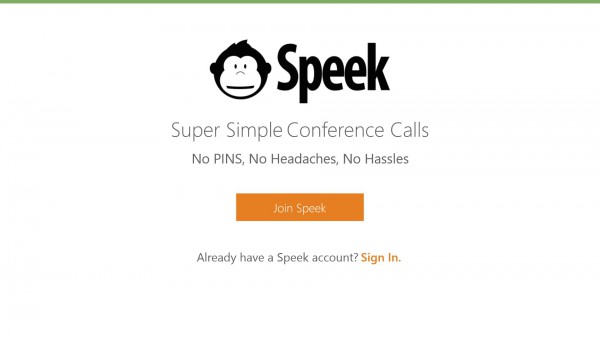


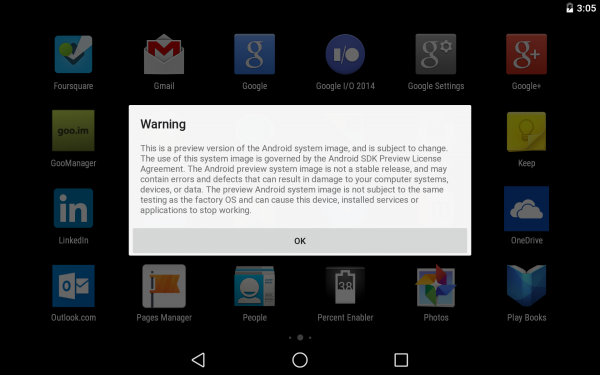

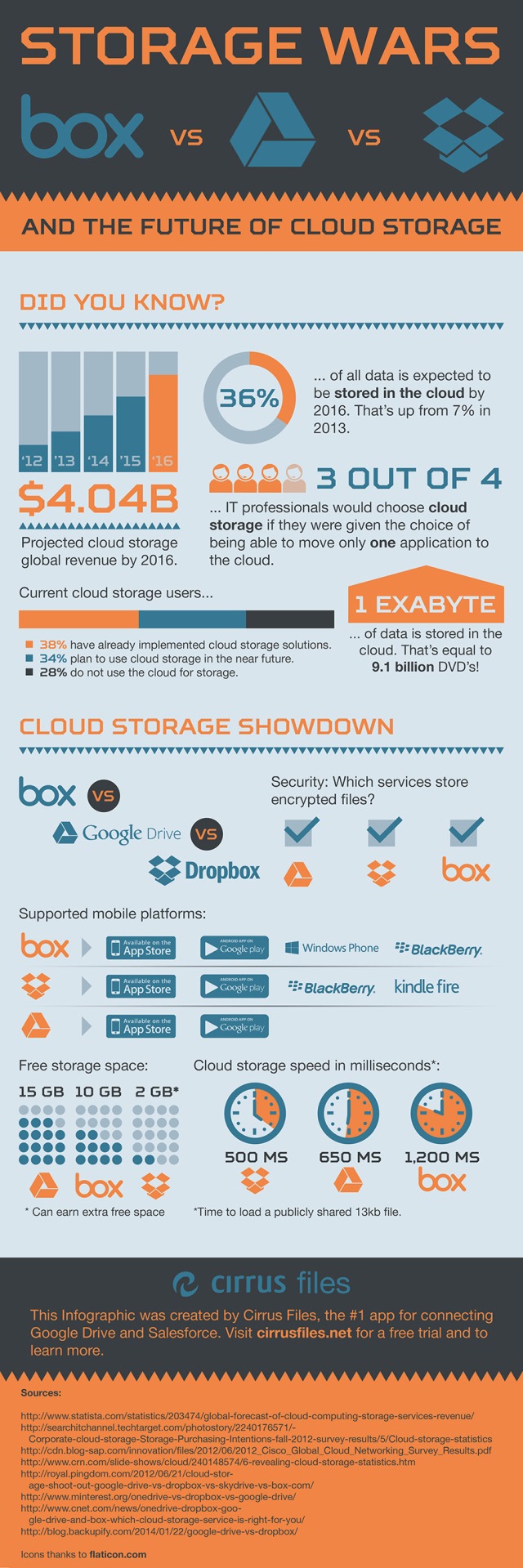
 Twenty-fourth in a series. Apple refreshed its aging iPod touch lineup this week, introducing a
Twenty-fourth in a series. Apple refreshed its aging iPod touch lineup this week, introducing a 
 Shutter is an infinite camera app from StreamNation that automatically syncs with an unlimited cloud storage account, eliminating the need to constantly delete content in order to free up space for new photos and videos.
Shutter is an infinite camera app from StreamNation that automatically syncs with an unlimited cloud storage account, eliminating the need to constantly delete content in order to free up space for new photos and videos.









 NPO The Blender Foundation has released
NPO The Blender Foundation has released 





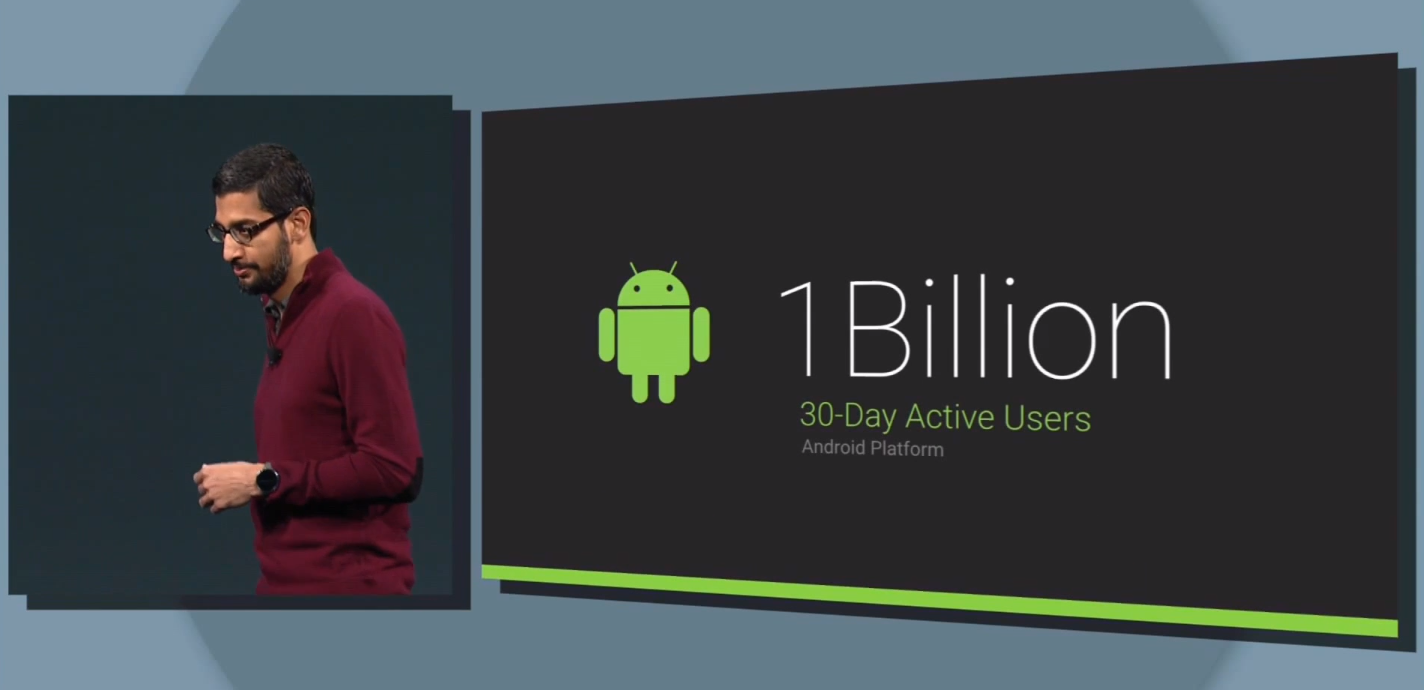

 If you’re managing your hard drive, and need to have a group of files accessible from two or more folders, then the solution seems obvious: just make some copies. But while this is quick and easy, it wastes hard drive space, and if you forget about the copies (which you will) they could be cluttering your system for a very long time.
If you’re managing your hard drive, and need to have a group of files accessible from two or more folders, then the solution seems obvious: just make some copies. But while this is quick and easy, it wastes hard drive space, and if you forget about the copies (which you will) they could be cluttering your system for a very long time.


 There are many ways to save money nowadays, such as only brushing your teeth every other day to save toothpaste or filling up your ketchup bottle with packets from McDonalds -- just kidding, guys. However, there are some things you should never do to save money. A good example is shoes -- something that are on your feet all day. In other words, buying uncomfortable shoes to save a buck is hardly a bargain.
There are many ways to save money nowadays, such as only brushing your teeth every other day to save toothpaste or filling up your ketchup bottle with packets from McDonalds -- just kidding, guys. However, there are some things you should never do to save money. A good example is shoes -- something that are on your feet all day. In other words, buying uncomfortable shoes to save a buck is hardly a bargain.


 Some people say Google is better than Bing, and maybe they are right. However, that is a subjective statement. What they really mean to say is that Google is better for them. In reality they are both great search engines with different pros and cons. My favorite aspect of Microsoft's search engine is Bing Rewards -- a program that rewards users for searching. Hell, if you are searching anyways, why not get rewarded?
Some people say Google is better than Bing, and maybe they are right. However, that is a subjective statement. What they really mean to say is that Google is better for them. In reality they are both great search engines with different pros and cons. My favorite aspect of Microsoft's search engine is Bing Rewards -- a program that rewards users for searching. Hell, if you are searching anyways, why not get rewarded?


 Have you ever scrolled through your photos on your phone, looking for a particular one? Every wanted to be able to search for "the one with me and my sister next to the tree by the beach"? Instead of scrolling through endless selfies and photos of cats, you can now use tags for all your photos, describing what’s in them, and enable a targeted search. Film and TV companies will now be able to search through their movie archives for the frame with the shark tornado in it. Private investigators will be able to remember whether it was the ballroom they saw the candlestick in.
Have you ever scrolled through your photos on your phone, looking for a particular one? Every wanted to be able to search for "the one with me and my sister next to the tree by the beach"? Instead of scrolling through endless selfies and photos of cats, you can now use tags for all your photos, describing what’s in them, and enable a targeted search. Film and TV companies will now be able to search through their movie archives for the frame with the shark tornado in it. Private investigators will be able to remember whether it was the ballroom they saw the candlestick in. Cameras on phones can certainly take killer photos, but they can also do much more than that. They can take your pulse, give you an impromptu flashlight and they can even protect your home. Want to lock your cat flap against raccoons, or even cats other than yours? With Spotter and Deep Belief on even lower-end devices like the Raspberry Pi, you can avoid having to duct tape your iPhone to the back door, and throw a cheap device with a battery at the problem of recognizing which animal this way comes. It wouldn't even need to be networked.
Cameras on phones can certainly take killer photos, but they can also do much more than that. They can take your pulse, give you an impromptu flashlight and they can even protect your home. Want to lock your cat flap against raccoons, or even cats other than yours? With Spotter and Deep Belief on even lower-end devices like the Raspberry Pi, you can avoid having to duct tape your iPhone to the back door, and throw a cheap device with a battery at the problem of recognizing which animal this way comes. It wouldn't even need to be networked.
 Ever looked at food in a foreign market and wondered what it is? Ever wanted to tell your kids what kind of bird is chirping from the tree? Want to know the breed of dog that is looking for a home at the dog shelter? Ever wondered if a plant that your child just rolled over was poison oak? Well with the power of object recognition, you could figure out if your child needs some calamine lotion.
Ever looked at food in a foreign market and wondered what it is? Ever wanted to tell your kids what kind of bird is chirping from the tree? Want to know the breed of dog that is looking for a home at the dog shelter? Ever wondered if a plant that your child just rolled over was poison oak? Well with the power of object recognition, you could figure out if your child needs some calamine lotion. Julian Green is the co-founder and CEO of
Julian Green is the co-founder and CEO of 





 Impera i highlights: 4.7-inch IPS display with a resolution of 720 by 1280; quad-core 1.2 GHz Qualcomm Snapdragon 200 processor; 1 GB of RAM; 1,750 mAh battery; 8 MP main camera with LED flash; 2 MP secondary camera; 8 GB of internal storage; microSD card slot; HSPA+ cellular connectivity; Wi-Fi 802.11 b/g/n; Bluetooth 4.0; physical dimensions of 135.8 x 67.2 x 7.2 mm and weight of 98.9 grams. It runs Windows Phone 8.1.
Impera i highlights: 4.7-inch IPS display with a resolution of 720 by 1280; quad-core 1.2 GHz Qualcomm Snapdragon 200 processor; 1 GB of RAM; 1,750 mAh battery; 8 MP main camera with LED flash; 2 MP secondary camera; 8 GB of internal storage; microSD card slot; HSPA+ cellular connectivity; Wi-Fi 802.11 b/g/n; Bluetooth 4.0; physical dimensions of 135.8 x 67.2 x 7.2 mm and weight of 98.9 grams. It runs Windows Phone 8.1.
 Inhance Technology commissioned iReach Insights to conduct a comparative survey of 2,000 mobile users in the US and UK; the surprise was not so much the differences but similarities in attitudes.
Inhance Technology commissioned iReach Insights to conduct a comparative survey of 2,000 mobile users in the US and UK; the surprise was not so much the differences but similarities in attitudes.

 Paul Prendergast is CEO and co-founder of wireless warranty specialist Inhance Technology (
Paul Prendergast is CEO and co-founder of wireless warranty specialist Inhance Technology (

 W8 Sidebar
W8 Sidebar In business perception is everything. Many companies succeed or fail not because their products are great but their brands are perceived to be that way. Apple is a remarkable perception manager. Consider iPhone 5s, which features and benefits fall far behind many competing devices. Rather than innovate, the fruit-logo launches an
In business perception is everything. Many companies succeed or fail not because their products are great but their brands are perceived to be that way. Apple is a remarkable perception manager. Consider iPhone 5s, which features and benefits fall far behind many competing devices. Rather than innovate, the fruit-logo launches an 






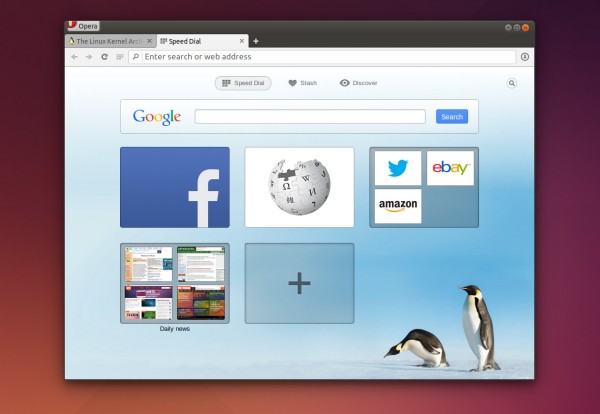
 Closing one Windows process is usually straightforward. Clicking File > Exit should get the job done, Alt+F4 may also work, and Task Manager is on hand if you need it (Ctrl+Shift+Esc, right-click the process, select End Task).
Closing one Windows process is usually straightforward. Clicking File > Exit should get the job done, Alt+F4 may also work, and Task Manager is on hand if you need it (Ctrl+Shift+Esc, right-click the process, select End Task).





 Derrick Wlodarz is an IT Specialist who owns Park Ridge, IL (USA) based technology consulting & service company
Derrick Wlodarz is an IT Specialist who owns Park Ridge, IL (USA) based technology consulting & service company 






 It’s tough to make an impact in the crowded Windows image viewer market, and so most newcomers try to impress users with advanced features, like their vast file format support or a lengthy list of editing tools. And that would be fine, except they often forget about the basics, like building a comfortable interface which people actually want to use.
It’s tough to make an impact in the crowded Windows image viewer market, and so most newcomers try to impress users with advanced features, like their vast file format support or a lengthy list of editing tools. And that would be fine, except they often forget about the basics, like building a comfortable interface which people actually want to use. QIP Shot
QIP Shot This is the week of the Surface Pro 3. Brian had already attended the launch event earlier in the month, and has provided an
This is the week of the Surface Pro 3. Brian had already attended the launch event earlier in the month, and has provided an 


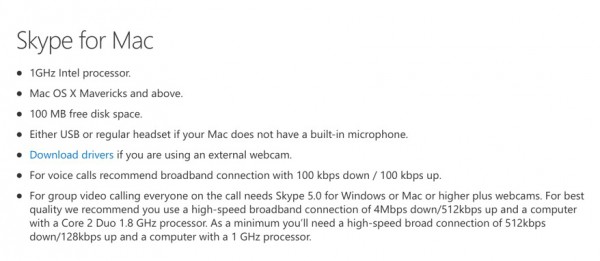





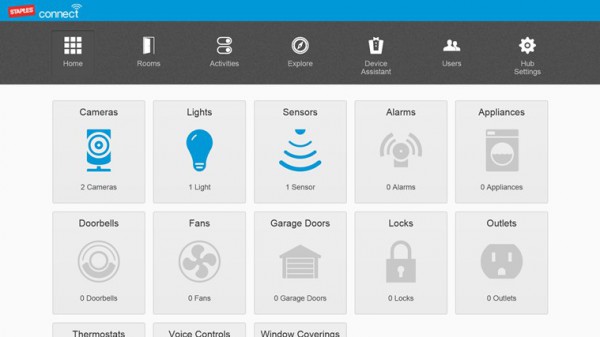






 Today is finally the day that the Surface Pro 3 becomes available to consumers; well, the Core i5 variants anyway. Sadly, if you are interested in the less expensive i3 model or more powerful i7 model, you will have to wait. For the past few weeks, Microsoft had been communicating an August 31 release, which is like an eternity in internet years. Consumers were faced with a dilemma -- buy the i5 now or wait for the other variants at the end of August.
Today is finally the day that the Surface Pro 3 becomes available to consumers; well, the Core i5 variants anyway. Sadly, if you are interested in the less expensive i3 model or more powerful i7 model, you will have to wait. For the past few weeks, Microsoft had been communicating an August 31 release, which is like an eternity in internet years. Consumers were faced with a dilemma -- buy the i5 now or wait for the other variants at the end of August.


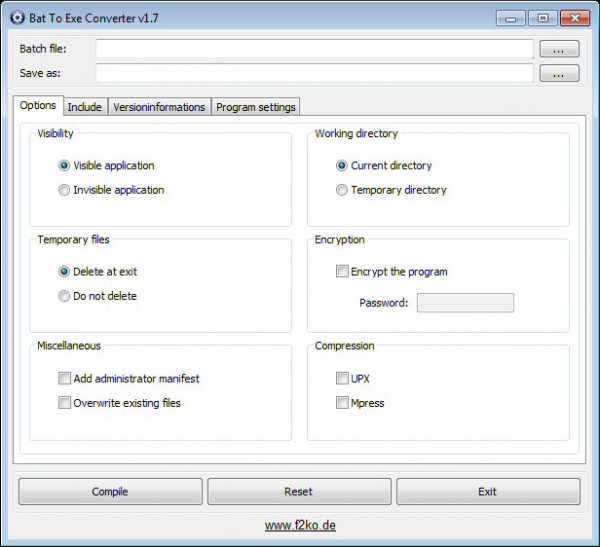


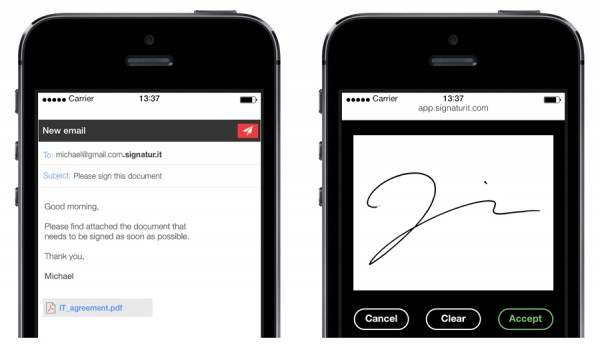


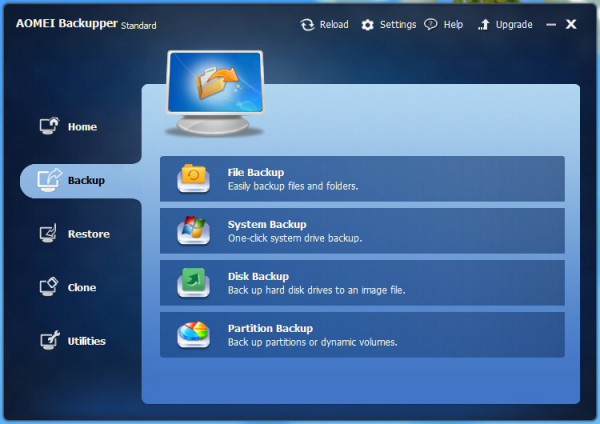

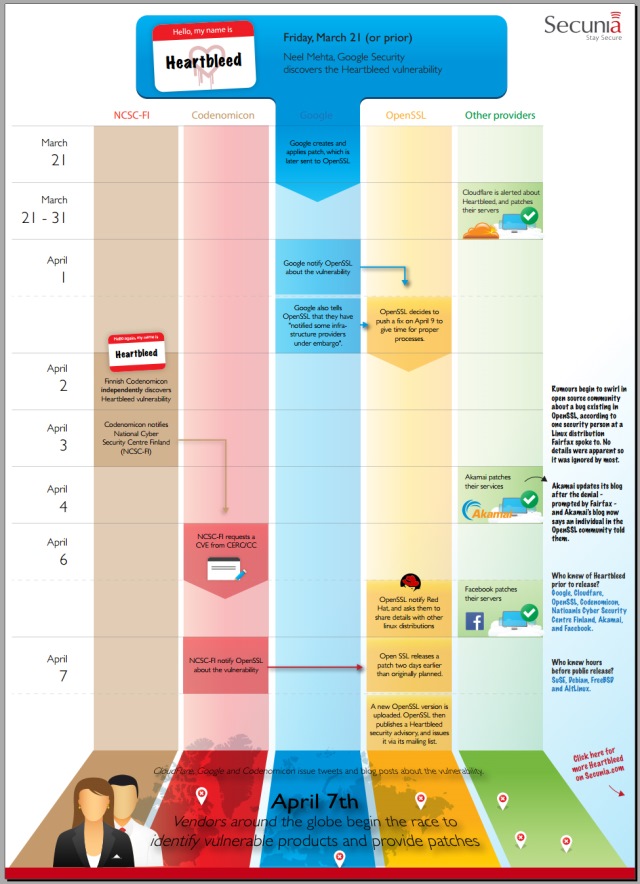
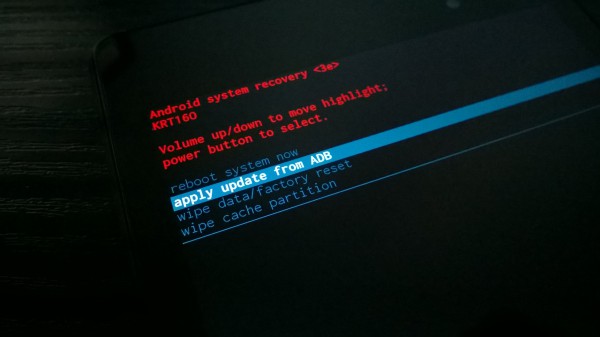

 When managing files, it's important that you can browse quickly to your most frequently-used folders, and Windows provides various ways to help. You might add some to your Explorer Favorites, pin more to the taskbar or Start Screen, create custom shortcuts for Explorer, maybe a batch file: there's a lot to do.
When managing files, it's important that you can browse quickly to your most frequently-used folders, and Windows provides various ways to help. You might add some to your Explorer Favorites, pin more to the taskbar or Start Screen, create custom shortcuts for Explorer, maybe a batch file: there's a lot to do.



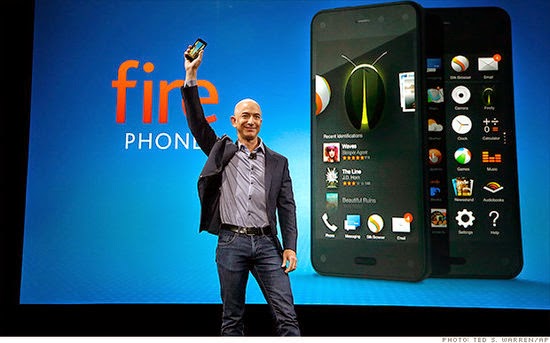
 Sameer Singh is an M&A professional and business strategy consultant focusing on the mobile technology sector. He is founder and editor of
Sameer Singh is an M&A professional and business strategy consultant focusing on the mobile technology sector. He is founder and editor of 

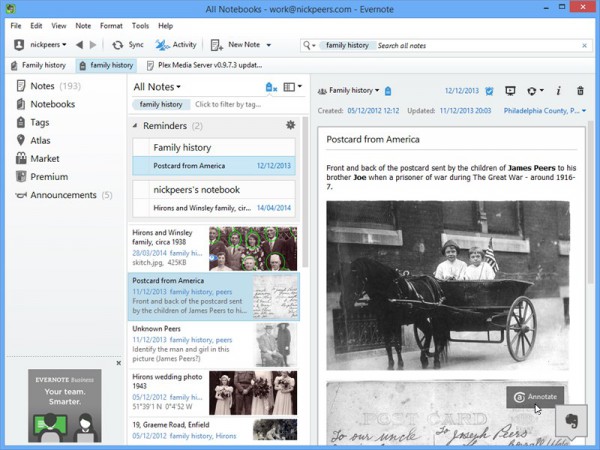

 You might recall that we recently reviewed the
You might recall that we recently reviewed the 
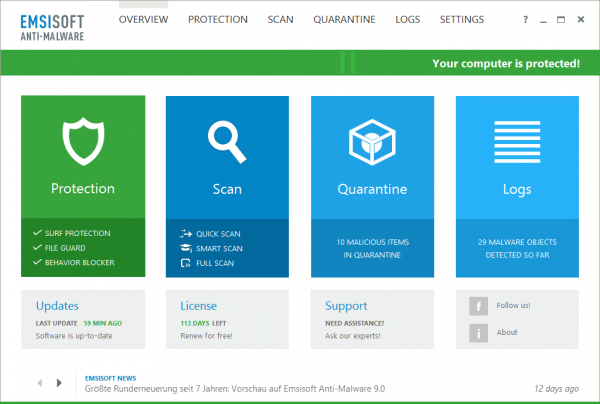









 Taking on Google Drive and Apple's cloud storage, Amazon Fire phone owners will be able to take advantage of unlimited photo storage on Amazon Cloud Drive. If this is not enough of a draw, phones taken on contract include a 12-month Amazon Prime subscription, providing access to streaming music, movies and TV, and offering benefits such as faster shipping on Amazon orders.
Taking on Google Drive and Apple's cloud storage, Amazon Fire phone owners will be able to take advantage of unlimited photo storage on Amazon Cloud Drive. If this is not enough of a draw, phones taken on contract include a 12-month Amazon Prime subscription, providing access to streaming music, movies and TV, and offering benefits such as faster shipping on Amazon orders. Changing screen resolution on a PC is normally done via the Display applet. In Windows 8, say, you’d right-click the desktop, select Screen Resolution, choose your preferred resolution, click OK and confirm the results.
Changing screen resolution on a PC is normally done via the Display applet. In Windows 8, say, you’d right-click the desktop, select Screen Resolution, choose your preferred resolution, click OK and confirm the results.
 Twitter has reversed blocks it placed on numerous tweets and accounts in Pakistan that were deemed "blasphemous" and "unethical", including some that featured anti-Islamic content, depictions of the Prophet Muhammad, and photos of the Koran burning. Pakistani authorities complained to Twitter back in May, and the social network "made an initial decision to withhold content in Pakistan".
Twitter has reversed blocks it placed on numerous tweets and accounts in Pakistan that were deemed "blasphemous" and "unethical", including some that featured anti-Islamic content, depictions of the Prophet Muhammad, and photos of the Koran burning. Pakistani authorities complained to Twitter back in May, and the social network "made an initial decision to withhold content in Pakistan".
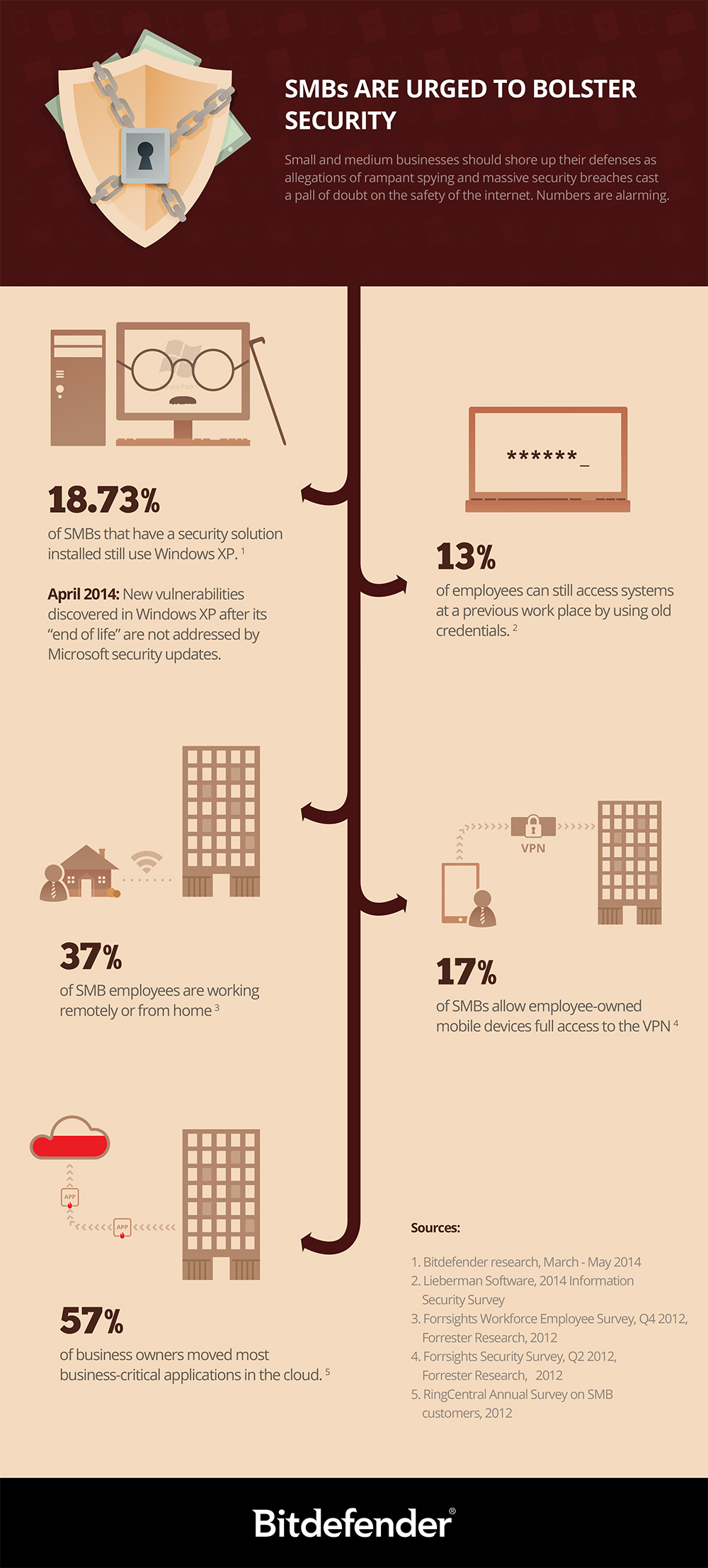

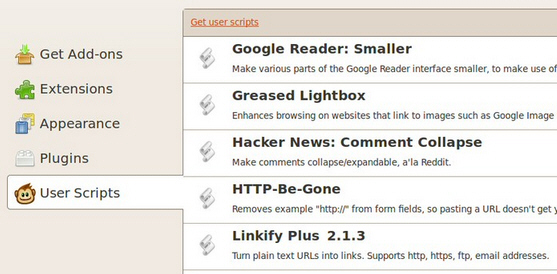

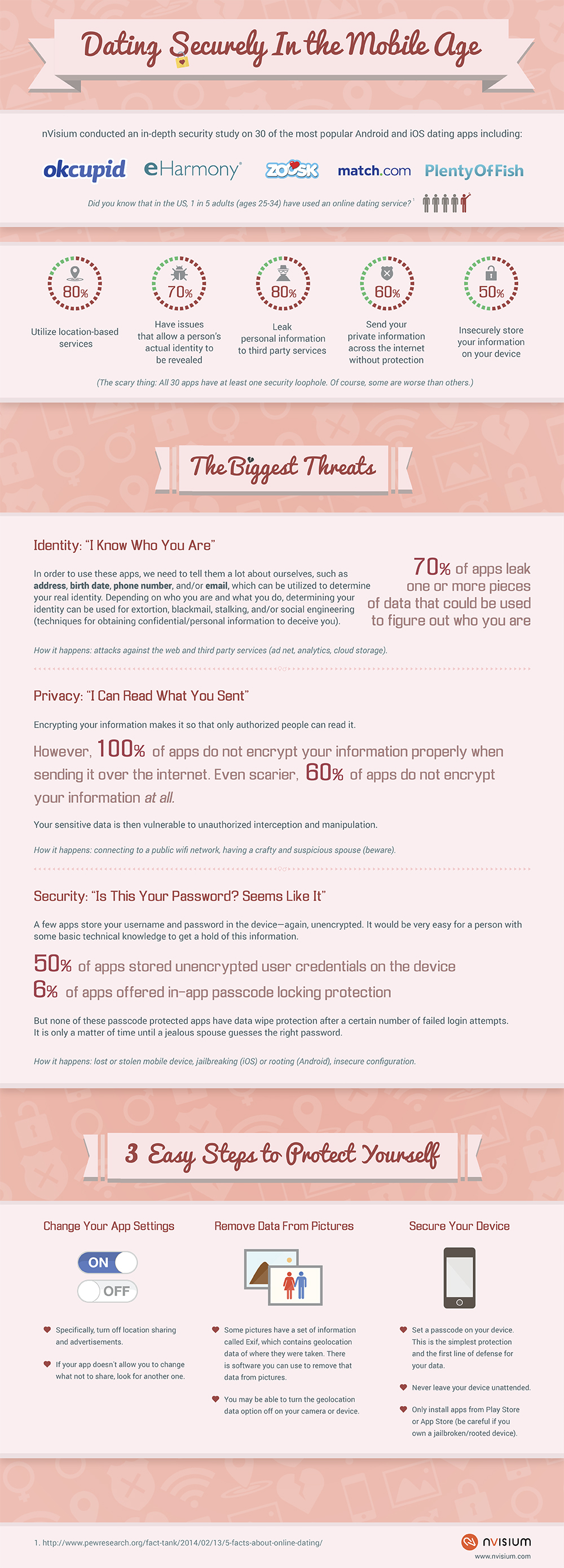








 Anyone who's tried
Anyone who's tried 

 A new piece of research has looked into attitudes and beliefs about privacy when it comes to mobile phones, following
A new piece of research has looked into attitudes and beliefs about privacy when it comes to mobile phones, following 



 Tedious PC tasks can sometimes by automated by scripting, command line switches, maybe an application’s own built-in scheduler. But if those options don’t work for you then you could try
Tedious PC tasks can sometimes by automated by scripting, command line switches, maybe an application’s own built-in scheduler. But if those options don’t work for you then you could try  Amazon can make a great Android device, as demonstrated by the Kindle Fire HDX tablets and Fire TV media box. However, there has been a legitimate knock on the offerings -- lack of apps, including Google's. The trade-off for the beautiful hardware is the frustration of missing some of your favorite apps.
Amazon can make a great Android device, as demonstrated by the Kindle Fire HDX tablets and Fire TV media box. However, there has been a legitimate knock on the offerings -- lack of apps, including Google's. The trade-off for the beautiful hardware is the frustration of missing some of your favorite apps.
 Has Apple painted itself into a corner with iOS 8 multitasking? I ask because, like many technology enthusiasts, I came away from WWDC feeling a bit let down. After all, everyone and their grandmother
Has Apple painted itself into a corner with iOS 8 multitasking? I ask because, like many technology enthusiasts, I came away from WWDC feeling a bit let down. After all, everyone and their grandmother 



 My book, The Decline and Fall of IBM, is now available in
My book, The Decline and Fall of IBM, is now available in 
 Why Can’t I Connect?
Why Can’t I Connect?
 Facebook comes under fire for all manner of things -- it's just part and parcel of being a social network. When users are not up in arms at the site's privacy policies, they are found voicing their disapproval at the types of content they're not allowed to publish on their timelines. There are lots of types of pictures that are frowned upon, and parents were upset to find that many of the photos they posted fell foul of Facebook's moderators. Facebook's
Facebook comes under fire for all manner of things -- it's just part and parcel of being a social network. When users are not up in arms at the site's privacy policies, they are found voicing their disapproval at the types of content they're not allowed to publish on their timelines. There are lots of types of pictures that are frowned upon, and parents were upset to find that many of the photos they posted fell foul of Facebook's moderators. Facebook's  Everyone needs a good archive manager, and you've probably chosen one already. We're fans of 7-Zip: the current release may be three years old, but it still performs very well.
Everyone needs a good archive manager, and you've probably chosen one already. We're fans of 7-Zip: the current release may be three years old, but it still performs very well. Eyes were focused on Microsoft as the company held an
Eyes were focused on Microsoft as the company held an 

 As one of the contributors to Black Duck’s eighth annual
As one of the contributors to Black Duck’s eighth annual  Fred Simon is Co-founder and Chief Architect of JFrog - the creators of Artifactory binary repository and Bintray. Before launching JFrog in 2008, Fred founded AlphaCSP in 1998, a Java consulting firm, where he served as the company’s global CTO. Fred’s development experience dates back to 1992, covering Java’s evolution from day one as a programmer, architect and consultant. At JFrog, Fred encourages strong collaboration with leading open-source projects such as SpringSource, Grails and Gradle by providing them with the Artifactory Cloud platform, and fuels the Continuous-Integration ecosystem with open-source plugins for leading tools such as Jenkins, TeamCity & Bamboo.
Fred Simon is Co-founder and Chief Architect of JFrog - the creators of Artifactory binary repository and Bintray. Before launching JFrog in 2008, Fred founded AlphaCSP in 1998, a Java consulting firm, where he served as the company’s global CTO. Fred’s development experience dates back to 1992, covering Java’s evolution from day one as a programmer, architect and consultant. At JFrog, Fred encourages strong collaboration with leading open-source projects such as SpringSource, Grails and Gradle by providing them with the Artifactory Cloud platform, and fuels the Continuous-Integration ecosystem with open-source plugins for leading tools such as Jenkins, TeamCity & Bamboo. Being bigger than Jesus is something that no one in the world can claim -- until now.
Being bigger than Jesus is something that no one in the world can claim -- until now.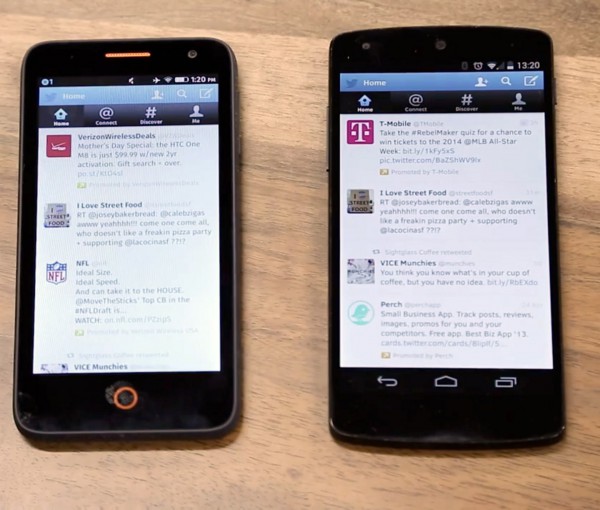













 Microsoft has released
Microsoft has released  Malwarebytes has announced the first full public release of
Malwarebytes has announced the first full public release of  Twenty-third in a series. It will come as absolutely no surprise to anyone that with the World Cup now underway loads of new and improved football/soccer offerings have arrived in the App Store. There are games, so you can practice your (virtual) skills, and apps that let you follow the matches and your team's progress through the tournament. The official
Twenty-third in a series. It will come as absolutely no surprise to anyone that with the World Cup now underway loads of new and improved football/soccer offerings have arrived in the App Store. There are games, so you can practice your (virtual) skills, and apps that let you follow the matches and your team's progress through the tournament. The official 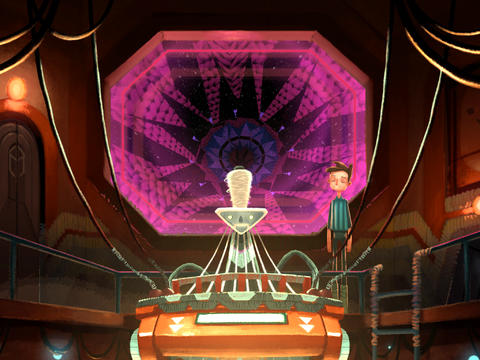

















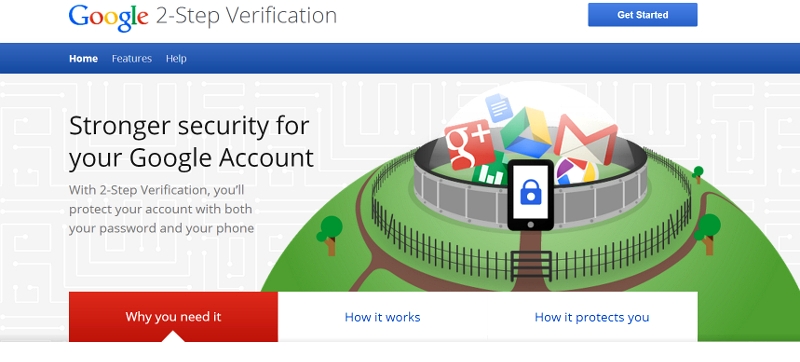
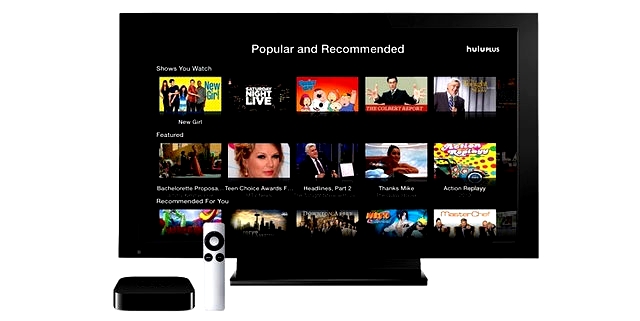


![iPhoneHW]](http://betanews.com/wp-content/uploads/2014/06/iPhoneHW.jpg) Honeywell further explains, "when a homeowner walks up to the Lyric thermostat, a built-in proximity sensor signals the display to turn on and show current temperature and the home’s heating or cooling status. A soft halo of light in orange (heating), blue (cooling), or green (away/energy savings) momentarily illuminates around the thermostat to indicate it is making temperature adjustments. Additionally, touch-sensitive buttons flank the center display -- one for accessing current and upcoming weather information, and one for setting back your temperature while you’re away. The Lyric thermostat provides easy-to-understand alerts on when to change a filter, if and when your furnace needs servicing, and even help find a trusted service professional".
Honeywell further explains, "when a homeowner walks up to the Lyric thermostat, a built-in proximity sensor signals the display to turn on and show current temperature and the home’s heating or cooling status. A soft halo of light in orange (heating), blue (cooling), or green (away/energy savings) momentarily illuminates around the thermostat to indicate it is making temperature adjustments. Additionally, touch-sensitive buttons flank the center display -- one for accessing current and upcoming weather information, and one for setting back your temperature while you’re away. The Lyric thermostat provides easy-to-understand alerts on when to change a filter, if and when your furnace needs servicing, and even help find a trusted service professional".





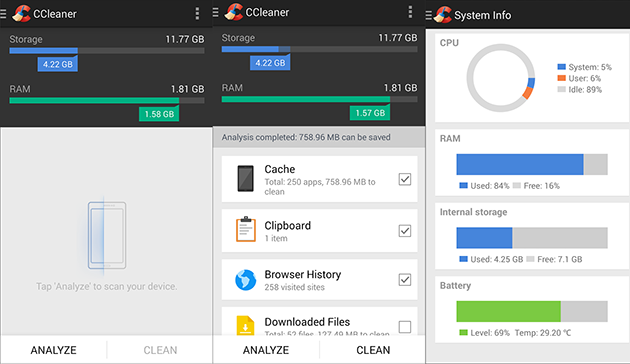
 When it comes to Linux, home users can be rather lackadaisical with their installations. What I mean is, they can tinker, install any package they want and generally play around. If they break something, the worst case scenario is they reinstall and start from scratch. If they encounter a bug, they can jump on something like IRC and get support from their peers.
When it comes to Linux, home users can be rather lackadaisical with their installations. What I mean is, they can tinker, install any package they want and generally play around. If they break something, the worst case scenario is they reinstall and start from scratch. If they encounter a bug, they can jump on something like IRC and get support from their peers.
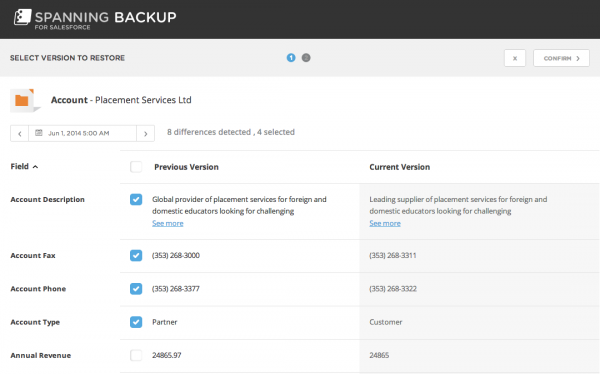


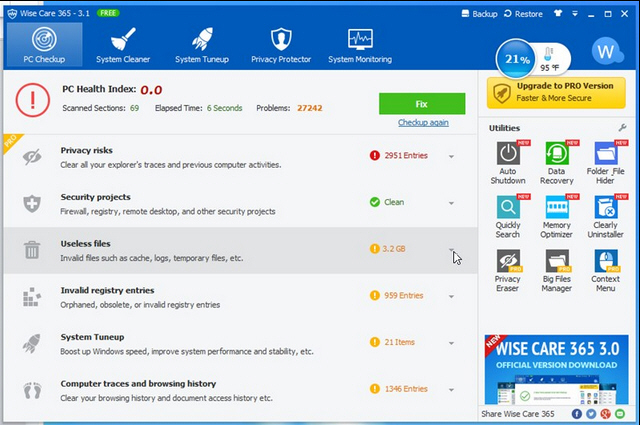




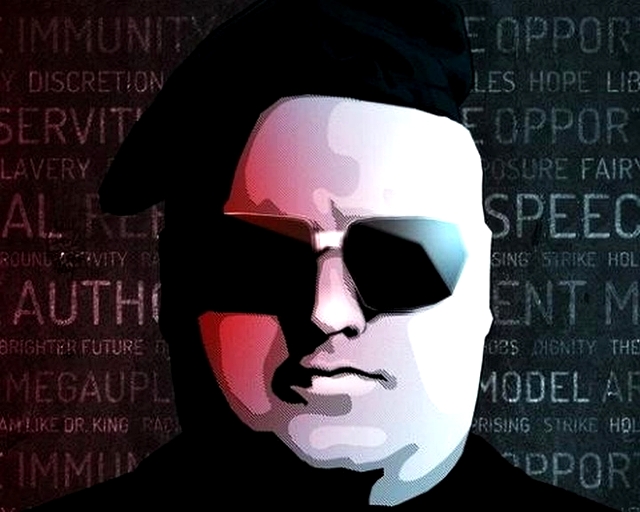




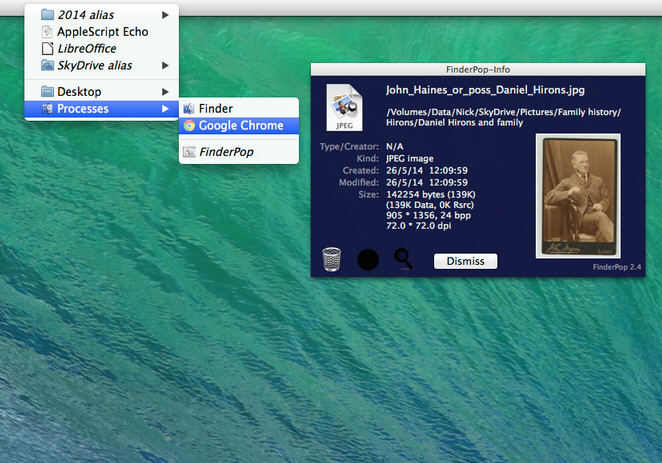













 The phone is shipping with Android 4.4.2, but sadly, Google recently made 4.4.3 available. This means that the top of the line LG G3 will have an outdated OS at launch. Some people have said an upgrade to 4.4.3 is no big deal, because it's only bug fixes. In other words, because there are no notable added features, it isn't worth wanting. Well, I must disagree here -- the bug fix releases are more important than features from a security standpoint. True, it is not the end of the world, and it is not LG's fault, it is the sad state of Android fragmentation.
The phone is shipping with Android 4.4.2, but sadly, Google recently made 4.4.3 available. This means that the top of the line LG G3 will have an outdated OS at launch. Some people have said an upgrade to 4.4.3 is no big deal, because it's only bug fixes. In other words, because there are no notable added features, it isn't worth wanting. Well, I must disagree here -- the bug fix releases are more important than features from a security standpoint. True, it is not the end of the world, and it is not LG's fault, it is the sad state of Android fragmentation. The keyboard is marvelous and is superior to the stock variant. Strangely, the Swype-like drawing on the keyboard is disabled by default. The user must go in and select it. It is not clear why they would want to bury such a useful method of text input. The cooler feature though, is the ability to customize the height of the on-screen keyboard. In the settings, you can drag it to your desired height, save it and forget it -- awesome.
The keyboard is marvelous and is superior to the stock variant. Strangely, the Swype-like drawing on the keyboard is disabled by default. The user must go in and select it. It is not clear why they would want to bury such a useful method of text input. The cooler feature though, is the ability to customize the height of the on-screen keyboard. In the settings, you can drag it to your desired height, save it and forget it -- awesome. If you lose your phone entirely, there is no need to worry. The device has a kill switch, which when enabled, renders it useless -- forever. Yes, it becomes a brick. This is indented to be a deterrent for criminals. You see, the thought is, criminals won't bother stealing an LG G3, since the risk will not be worth it, for a phone that will soon be inoperable. While it is controversial, I like it and hope that all phones come with it in the future as long as only the owner has the right to "kill" it.
If you lose your phone entirely, there is no need to worry. The device has a kill switch, which when enabled, renders it useless -- forever. Yes, it becomes a brick. This is indented to be a deterrent for criminals. You see, the thought is, criminals won't bother stealing an LG G3, since the risk will not be worth it, for a phone that will soon be inoperable. While it is controversial, I like it and hope that all phones come with it in the future as long as only the owner has the right to "kill" it. Multitasking is optimized for the large screen by utilizing an optional split screen. Users of the popular Galaxy Note phablets should be familiar with the concept -- some apps can be run side by side. This makes it possible to write an email while watching a video or text message your best friend while checking Facebook. It works very well and is easily activated by tapping on the running-apps button and selecting "Dual Window".
Multitasking is optimized for the large screen by utilizing an optional split screen. Users of the popular Galaxy Note phablets should be familiar with the concept -- some apps can be run side by side. This makes it possible to write an email while watching a video or text message your best friend while checking Facebook. It works very well and is easily activated by tapping on the running-apps button and selecting "Dual Window".
 Most everyone, at least the tech-savvy who read this, are familiar with VLC Player -- the Video LAN Client. It's a jack-of-all trades media player, that is capable of handling pretty much any format you can throw at it, no matter how obscure it may be.
Most everyone, at least the tech-savvy who read this, are familiar with VLC Player -- the Video LAN Client. It's a jack-of-all trades media player, that is capable of handling pretty much any format you can throw at it, no matter how obscure it may be.

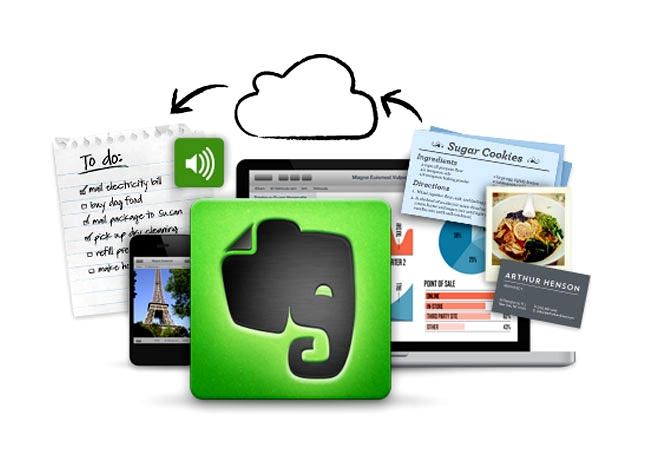


 The biggest news of this week came from Apple which held a keynote speech at
The biggest news of this week came from Apple which held a keynote speech at 


 Zoe is a biggie for HTC and it is being pushed across all the newer phones. Once you've taken a few shots drop into the gallery and you'll see there's a Highlights section. Select this and then tap the Zoe Highlight you want to edit. All its components will be shown and you can tick (or untick) what you want left in or taken out. Sweep the screen to pick a theme and sweep again to pick music.
Zoe is a biggie for HTC and it is being pushed across all the newer phones. Once you've taken a few shots drop into the gallery and you'll see there's a Highlights section. Select this and then tap the Zoe Highlight you want to edit. All its components will be shown and you can tick (or untick) what you want left in or taken out. Sweep the screen to pick a theme and sweep again to pick music. Run the TV app that you'll find in the app drawer. Select your country then enter your postcode. Next pick your TV service provider. Answer a couple more questions and you will be into the electronic programme guide.
Run the TV app that you'll find in the app drawer. Select your country then enter your postcode. Next pick your TV service provider. Answer a couple more questions and you will be into the electronic programme guide. No top-end handset comes without a range of gesture-based controls these days, and sure enough, the One M8 has a neat little set of gesture controls on offer. If you enable Motion Launch you can wake the phone up by double tapping the screen.
No top-end handset comes without a range of gesture-based controls these days, and sure enough, the One M8 has a neat little set of gesture controls on offer. If you enable Motion Launch you can wake the phone up by double tapping the screen.


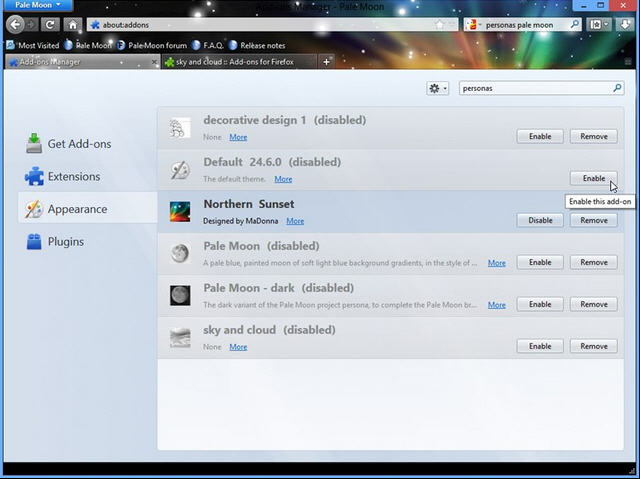










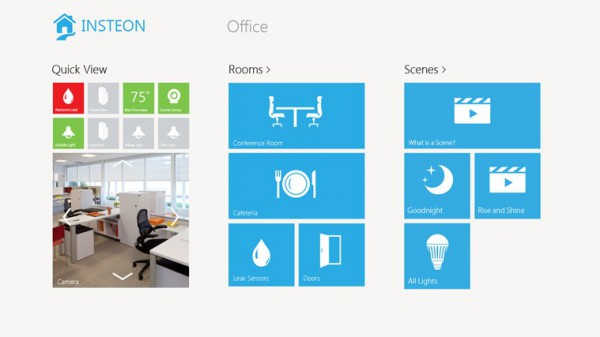



 Twenty-second in a series. It was Apple’s Worldwide Developer Conference (WWDC) this week and as expected the company took the wraps off
Twenty-second in a series. It was Apple’s Worldwide Developer Conference (WWDC) this week and as expected the company took the wraps off 






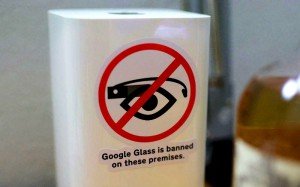
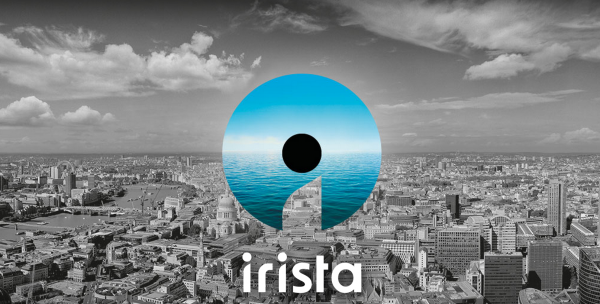
 Canon has decided not to restrict which image format files can be uploaded to Irista, or set a certain size limitation. The former means the service can be leveraged by any camera user, no matter if they are Canon owners or not, while the latter is a must-have option to allow the storing of RAW files, that, like I said, are usually quite large. Irista also gets automatic photo upload (works with Facebook, Flickr and the PC and Mac apps), which helps remove some of the friction associated with uploading content manually. (That said, there are services which also offer this feature.)
Canon has decided not to restrict which image format files can be uploaded to Irista, or set a certain size limitation. The former means the service can be leveraged by any camera user, no matter if they are Canon owners or not, while the latter is a must-have option to allow the storing of RAW files, that, like I said, are usually quite large. Irista also gets automatic photo upload (works with Facebook, Flickr and the PC and Mac apps), which helps remove some of the friction associated with uploading content manually. (That said, there are services which also offer this feature.)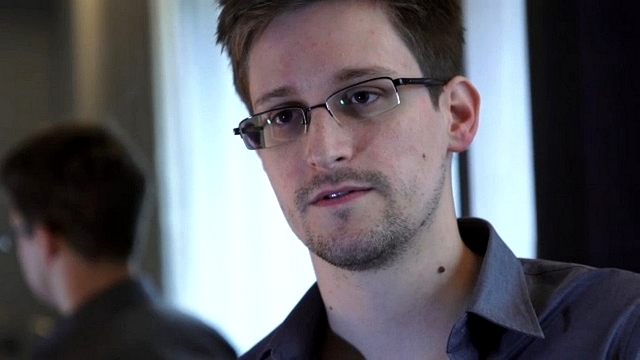


 Bored with your iPhone’s camera? Fed up with taking dull, listless shots? Apalon Apps may have something for you, with its new
Bored with your iPhone’s camera? Fed up with taking dull, listless shots? Apalon Apps may have something for you, with its new 

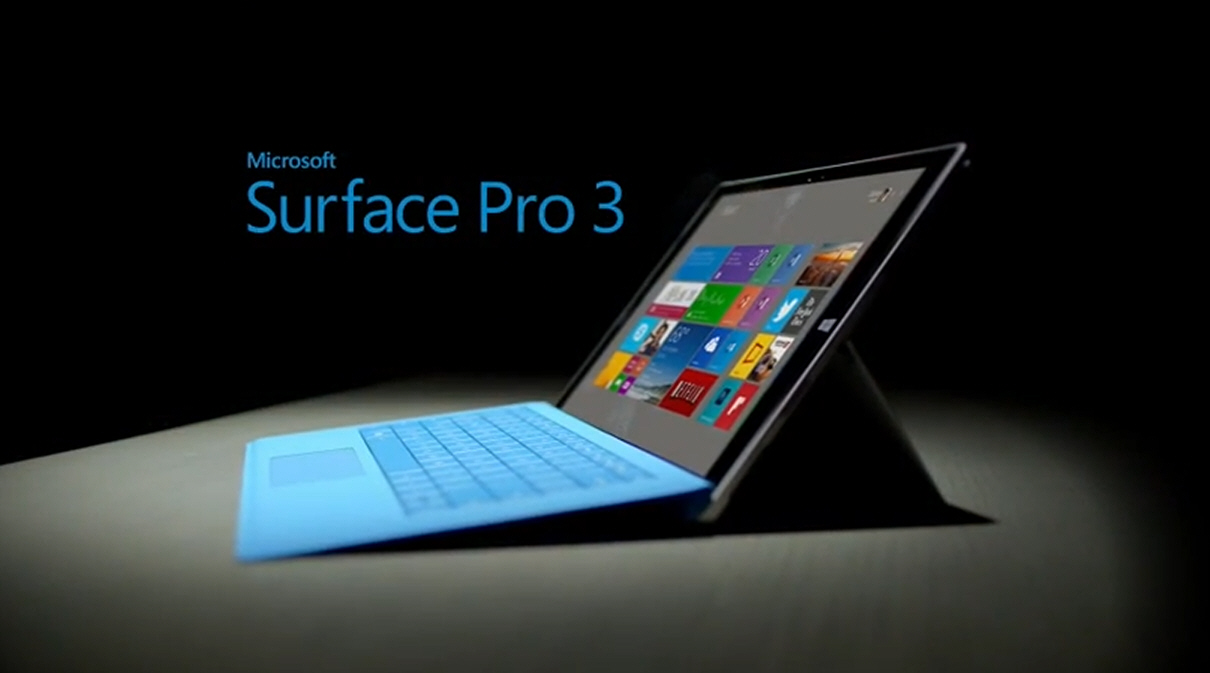




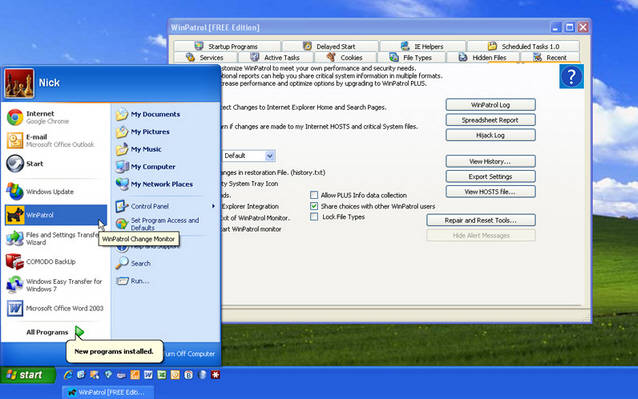

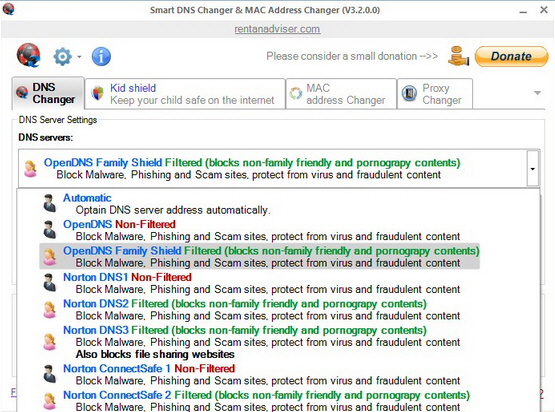





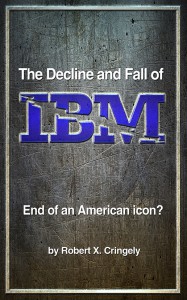 Well my IBM eBook is finally available. Right now that’s just on
Well my IBM eBook is finally available. Right now that’s just on 




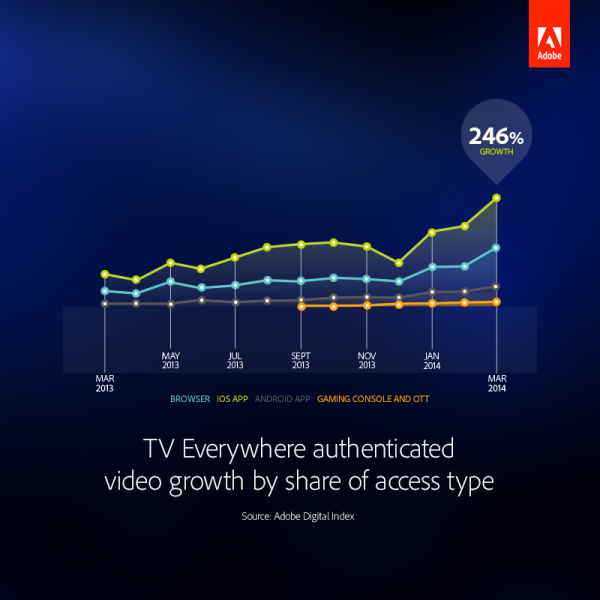
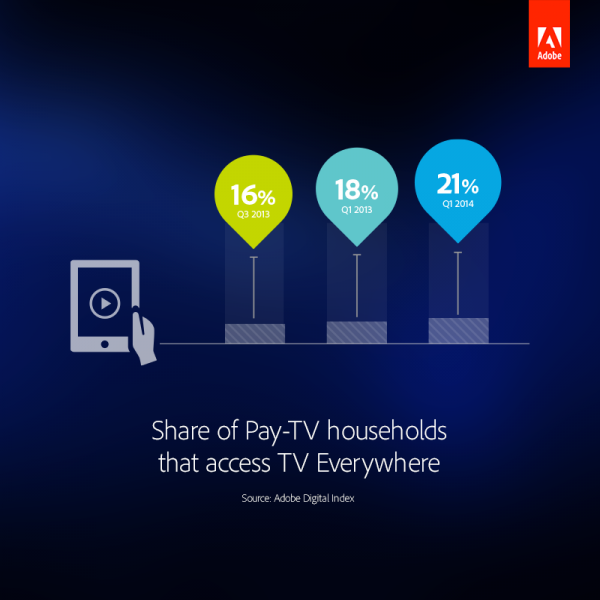






 Samsung is the most recognized phone brand in emerging markets (with an 88 percent level of recognition beating out Apple's 85 percent), but if the company wants to succeed in such territories -- which is where the
Samsung is the most recognized phone brand in emerging markets (with an 88 percent level of recognition beating out Apple's 85 percent), but if the company wants to succeed in such territories -- which is where the 




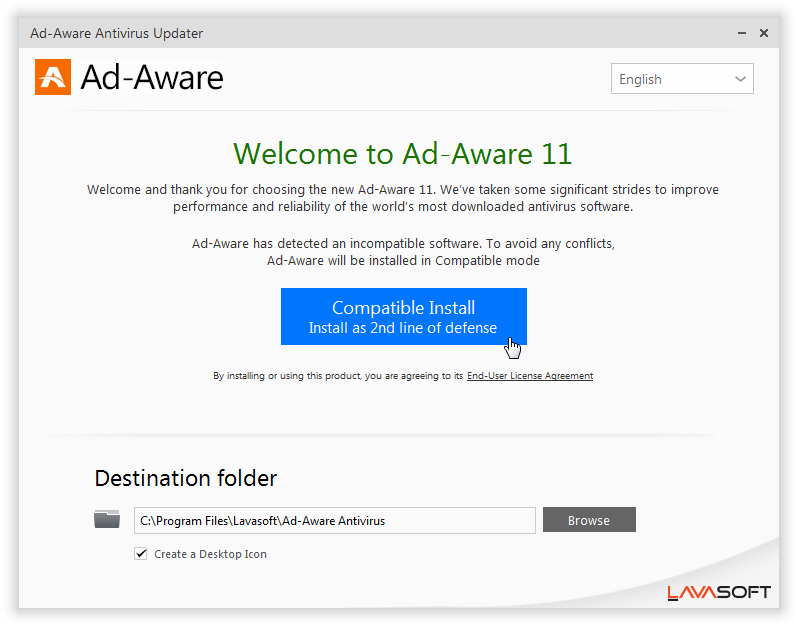 LavaSoft has released
LavaSoft has released 















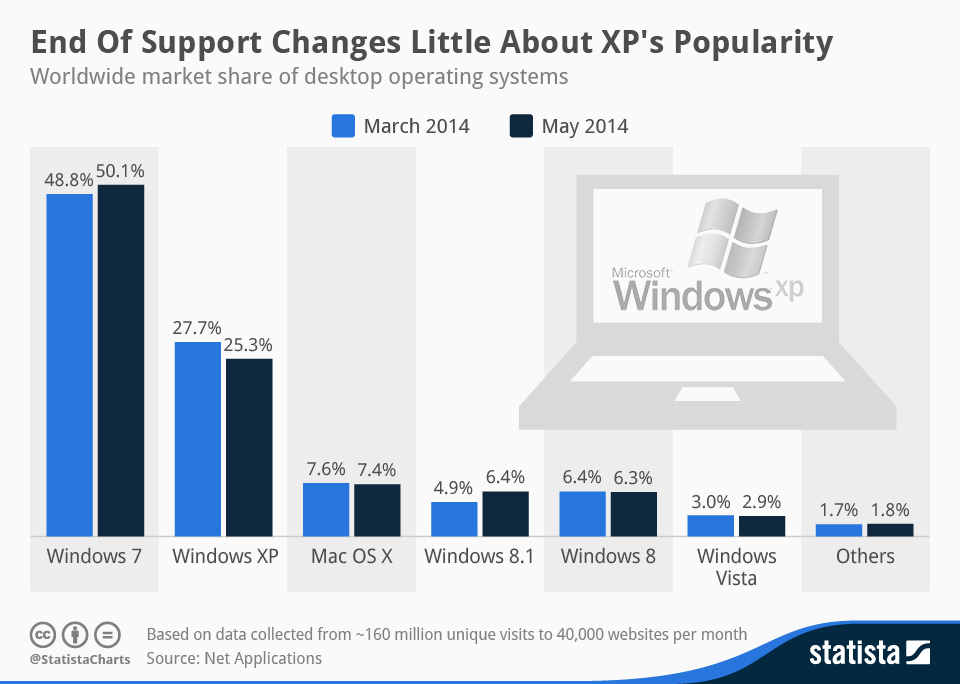




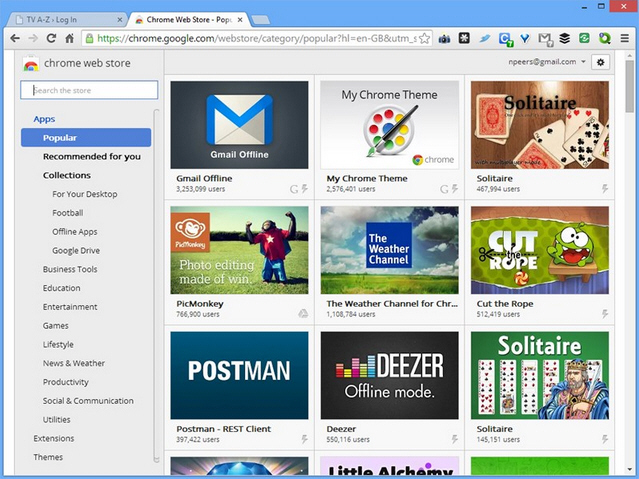
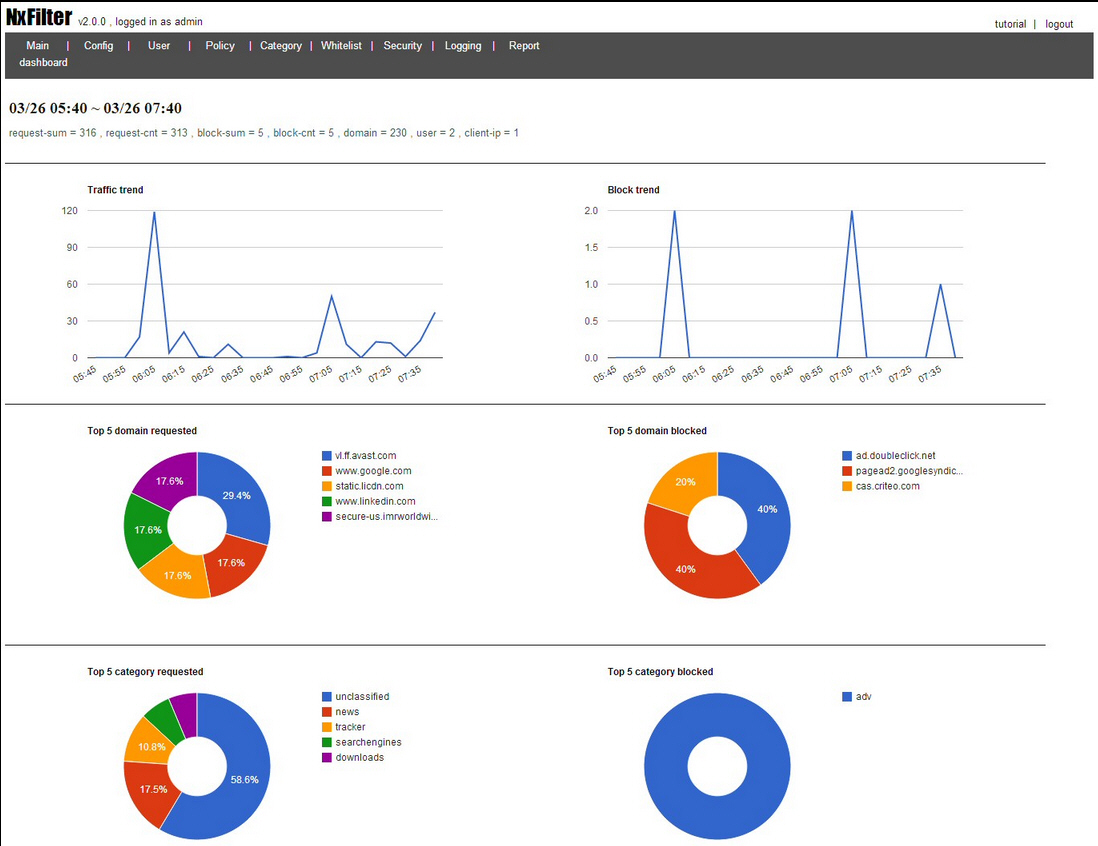


















 Available colors include black, blue, red, yellow and white for the 7-inch model, while the ME181C gets the black, gold, purple or white treatment. The ME581CL comes, in blue, pink or white, with Wi-Fi 802.11ac, 4G LTE cellular connectivity, NFC, a thickness of 7.45 mm and weight of 299 grams.
Available colors include black, blue, red, yellow and white for the 7-inch model, while the ME181C gets the black, gold, purple or white treatment. The ME581CL comes, in blue, pink or white, with Wi-Fi 802.11ac, 4G LTE cellular connectivity, NFC, a thickness of 7.45 mm and weight of 299 grams. The Fonepad series features slim bezels, at least according to ASUS, a resolution of 1280 by 800 no matter the trim -- it is offered in both 7-inch and 8-inch versions -- as well as a 5 MP camera on the back and a 2 MP camera on the front. There is dual-SIM support and 3G cellular connectivity on board. Available colors include black, gold, red and white.
The Fonepad series features slim bezels, at least according to ASUS, a resolution of 1280 by 800 no matter the trim -- it is offered in both 7-inch and 8-inch versions -- as well as a 5 MP camera on the back and a 2 MP camera on the front. There is dual-SIM support and 3G cellular connectivity on board. Available colors include black, gold, red and white.



